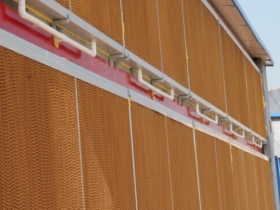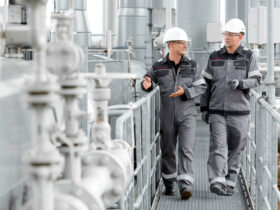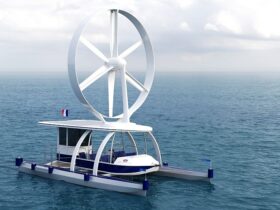In the world of construction and manufacturing, few materials rival the versatility and strength of pipe and steel. These fundamental components form the backbone of countless structures and systems, from towering skyscrapers to intricate plumbing networks. This article delves into the multifaceted applications and inherent advantages of Pipe and Steel, showcasing their crucial role in modern industry and infrastructure.
The Strength of Steel
Steel’s remarkable properties make it an indispensable material across various sectors:
High Tensile Strength
Steel’s ability to withstand significant tensile forces without deformation makes it ideal for load-bearing applications in construction and engineering.
Durability
The longevity of steel structures and components reduces the need for frequent replacements, offering cost-effectiveness over time.
Corrosion Resistance
Especially in its stainless form, steel exhibits excellent resistance to corrosion, enhancing its suitability for diverse environments.
Pipe Applications: Beyond the Basics
Steel pipes find applications far beyond simple fluid transport:
Construction Foundations
Steel pipe piles serve as robust foundations for buildings and bridges, particularly in areas with challenging soil conditions.
Industrial Processing
In refineries and chemical plants, steel pipes withstand high pressures and temperatures, ensuring safe and efficient operations.
Architectural Elements
Exposed steel pipes contribute to modern architectural aesthetics, blending functionality with visual appeal.
Innovative Uses of Steel
The versatility of steel extends to numerous innovative applications:
Renewable Energy Infrastructure
Steel forms the core of wind turbine towers and solar panel support structures, playing a crucial role in the green energy transition.
Medical Equipment
From surgical instruments to MRI machines, steel’s strength and non-reactive properties make it invaluable in healthcare settings.
Automotive Advancements
High-strength steel alloys contribute to lighter, more fuel-efficient vehicles without compromising safety.
Environmental Considerations
The steel industry is making strides in sustainability:
Recyclability
Steel’s 100% recyclability makes it a champion of circular economy principles, reducing environmental impact.
Energy Efficiency
Ongoing innovations in steel production are lowering energy consumption and emissions, aligning with global sustainability goals.
Future Trends
The future of pipe and steel looks promising, with several emerging trends:
Smart Infrastructure
Integration of sensors in steel structures and pipes enables real-time monitoring and predictive maintenance.
Advanced Alloys
Development of new steel alloys continues to push the boundaries of strength, lightness, and corrosion resistance.
3D Printing
Additive manufacturing with steel opens up new possibilities for complex geometries and on-demand production.
Conclusion
The versatility of pipe and steel continues to shape our built environment and industrial capabilities. From traditional applications in construction and manufacturing to cutting-edge uses in renewable energy and smart infrastructure, these materials remain at the forefront of innovation. As we look to the future, the adaptability and strength of pipe and steel will undoubtedly play a crucial role in addressing global challenges and driving technological advancements.
By understanding and harnessing the full potential of these versatile materials, industries can forge ahead, creating stronger, more efficient, and sustainable solutions for generations to come.









